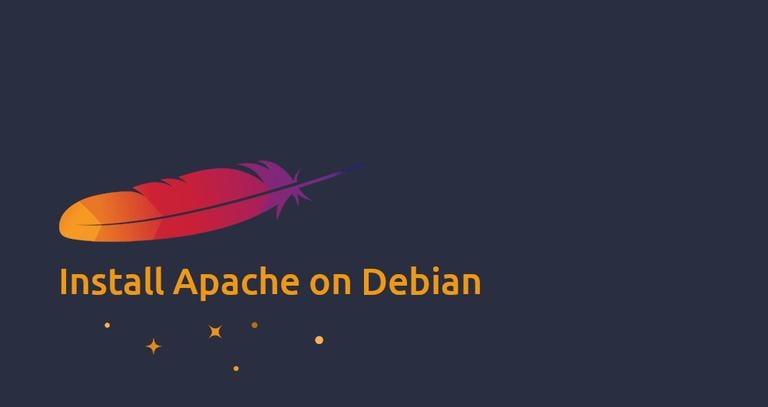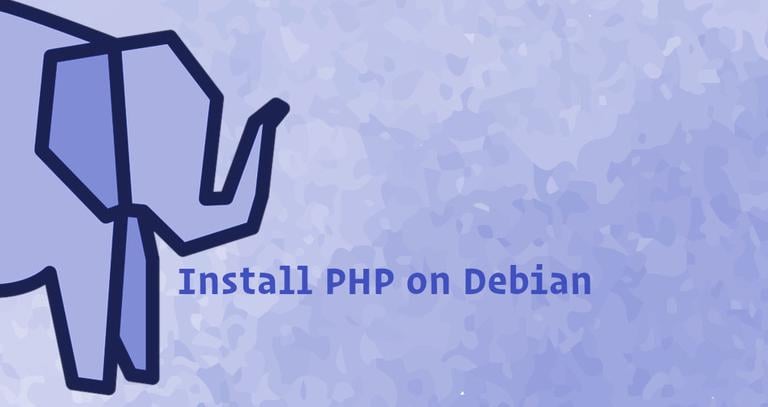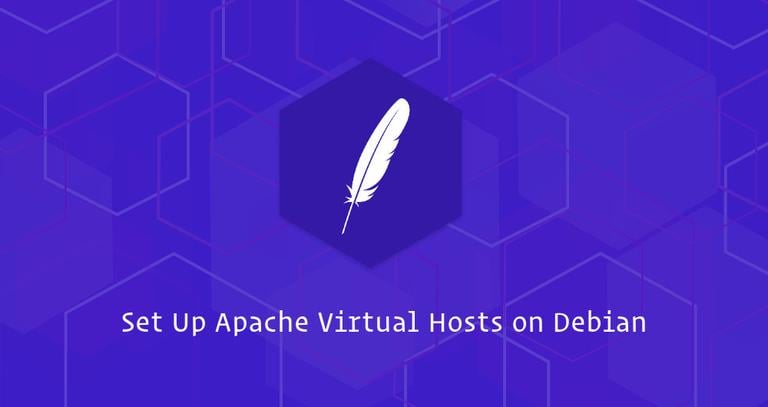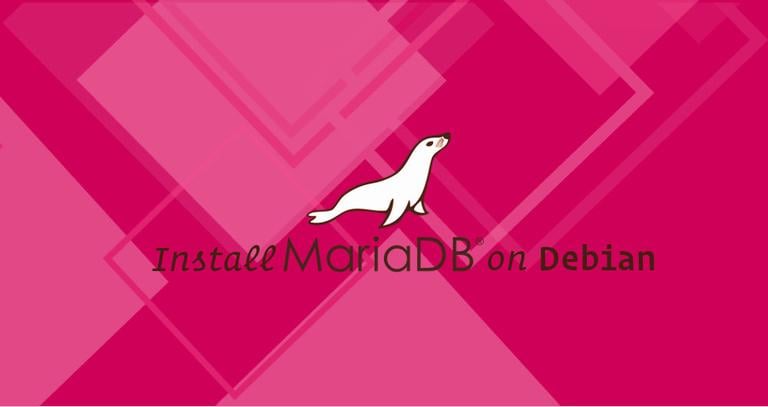How to Install LAMP Stack on Debian 9
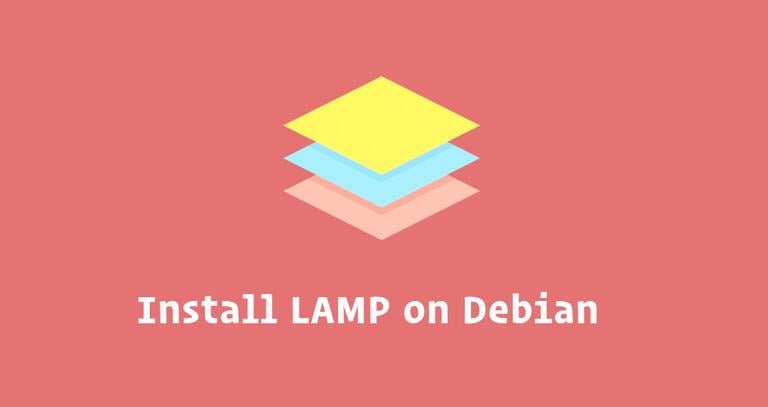
The term LAMP is an acronym of the names of its four open-source components:
- L - Linux operating system
- A - Apache, a HTTP and reverse proxy server
- M - MySQL or MariaDB relational database management system
- P - PHP programming language.
This series of tutorials will take you through how to install a LAMP stack on Debian 9. We will show you how to install Apache, create Apache virtual hosts, generate a free Let’s Encrypt SSL certificate, install and secure MySQL and install PHP 7.2.
The detailed tutorials that are part of this series are listed at the end of this page.
If you are in a hurry and don’t want to read more detailed documentation you can install LAMP Stack on your Debian 9 server by following our Quickstart section.
Install LAMP Stack on Debian 9 [Quickstart]
This quickstart will show you the basic steps required to get a LAMP stack installed on an Debian 9 server.
Prerequisites
The user you are logged in as must have sudo privileges to be able to install packages.
Step 1. Installing Apache
Installing Apache is a pretty straightforward process. Start by updating the packages index and install Apache with the following commands:
sudo apt updatesudo apt install apache2
Step 2. Installing MariaDB
The next step is to install the MariaDB packages. To do so type:
sudo apt install mariadb-serverOnce the installation is completed, issue the mysql_secure_installation command to improve the security of the MariaDB installation:
sudo mysql_secure_installationYou will be asked to set the root password, remove the anonymous user, restrict root user access to the local machine and remove the test database. You should answer “Y” (yes) to all questions.
Step 3. Installing PHP
Debian 9 ships with PHP version 7.0. To install PHP and most common PHP modules use the following command:
sudo apt install php libapache2-mod-php php-opcache php-cli php-gd php-curl php-mysqlOnce the PHP packages are installed restart the Apache service with:
sudo systemctl restart apache2More Information
For more detailed instructions about each step, please consult the following tutorials.
